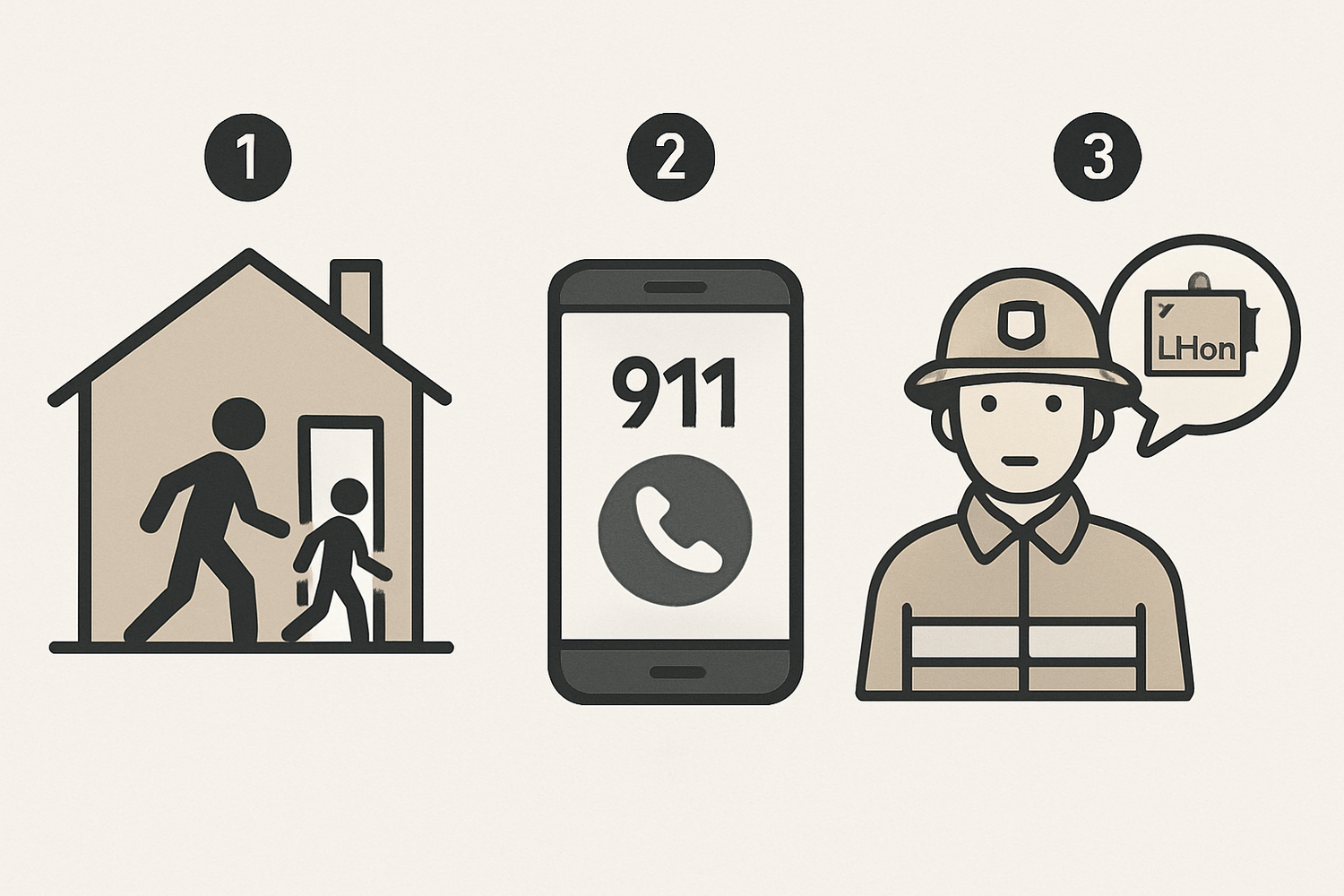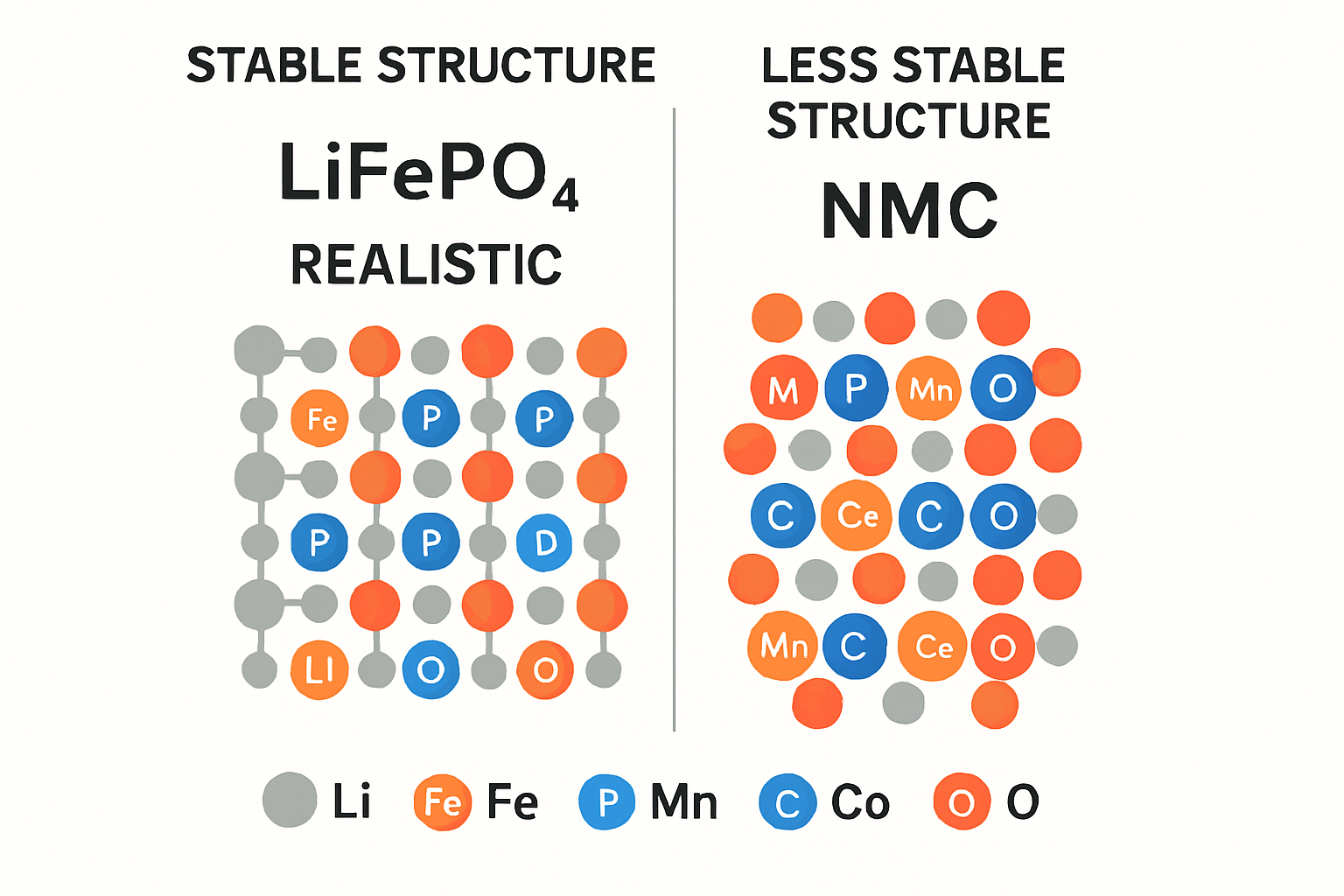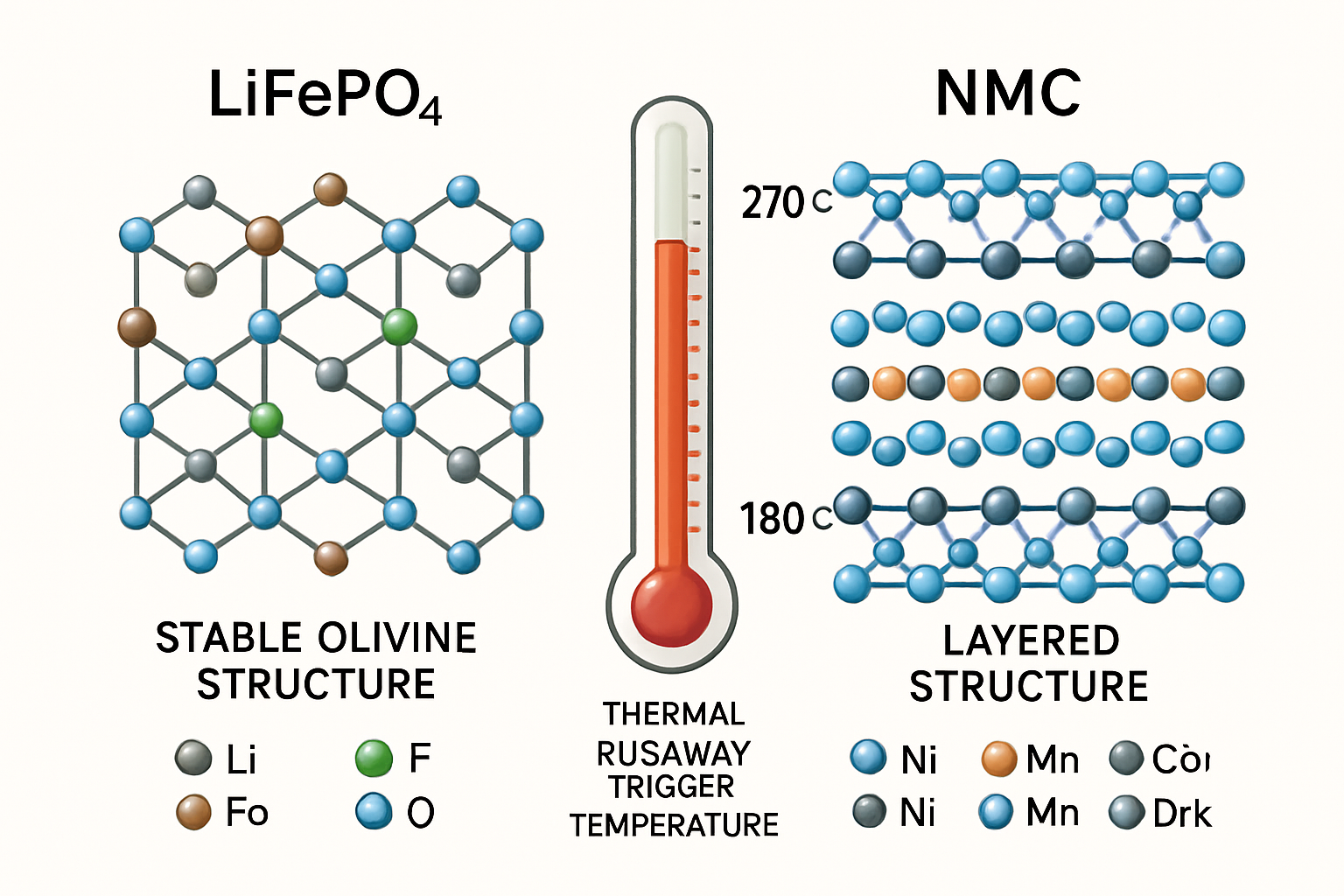A home battery storage system fire is a rare event, especially with modern, professionally installed units. Yet, understanding how to react in an emergency is a critical part of responsible ownership. This information provides clear, actionable steps to protect yourself and your family if you suspect a fire in your residential energy storage system. Your safety depends on knowing what to do in the first few moments.
Understanding the Risk: Why Battery Fires Are Different
Fires involving lithium-ion batteries, the core of most home energy storage solutions, behave differently from common household fires. Their unique chemistry requires a specific emergency response. Knowing the basics of how they function and fail is fundamental to residential energy storage fire safety.
What is Thermal Runaway?
The primary hazard in a lithium-ion battery fire is a process called thermal runaway. This is a chain reaction where a damaged or faulty battery cell heats up uncontrollably. This intense heat can spread to adjacent cells, causing a cascading failure that is difficult to stop. The U.S. Department of Energy highlights that thermal runaway can be triggered by physical damage, electrical faults like overcharging, or internal defects. This process can release flammable and toxic gases, creating a hazardous environment even before flames appear.
Unique Challenges of Battery Fires
A home battery storage system fire presents distinct challenges. The energy stored within the battery can cause it to reignite hours or even days after it appears to be extinguished. Furthermore, applying water incorrectly can sometimes exacerbate the situation, depending on the fire's stage. This is why the emergency response for a battery fire is a job for trained professionals who have the right equipment and knowledge to handle the situation safely.
Immediate Actions During a Suspected Battery Fire
If you see smoke, hear unusual hissing or popping sounds from your unit, or see flames, your response in the first 60 seconds is crucial. There is no time for hesitation. Your priority is personal safety.
Evacuate Immediately
Your first and most important action is to get everyone out of the house. Do not stop to collect personal belongings or investigate the source of the smoke. Create a designated meeting spot outside, a safe distance from your home, to ensure everyone is accounted for.
Call Emergency Services
Once you are safely outside, call 911 or your local emergency number. It is vital that you tell the dispatcher you have a lithium-ion home battery storage system fire. This information allows the fire department to dispatch the appropriate teams with the specialized training and equipment needed for lithium-ion battery fire suppression.
Do Not Attempt to Extinguish the Fire Yourself
Residential fire extinguishers are generally not effective against a battery fire that has entered thermal runaway. Attempting to fight the fire yourself exposes you to toxic fumes, intense heat, and the risk of explosion. Leave the firefighting to the professionals. They are trained to manage these specific hazards.
Essential Information for First Responders
Clear communication can significantly aid firefighters and improve the outcome of the emergency. The more they know, the more effectively they can work to secure the scene and protect your property.
Key Details to Provide
When emergency services arrive, provide them with as much information as you can. Tell them the exact location of the battery unit, such as the garage, basement, or an exterior wall. If you know the battery chemistry, such as Lithium Iron Phosphate (LiFePO4), which is known for its greater stability, share that detail. Inform them if the system is connected to solar panels on your roof.
The Role of an Emergency Shut-off Switch
Your system should have a clearly marked emergency shut-off switch or disconnect. According to the International Energy Agency, proper system design includes accessible disconnects to isolate the battery from the rest of the home's electrical system. If you know where this switch is located, direct the firefighters to it. This can help them de-energize the system, which is a critical step in managing the incident.
After the Fire: Post-Incident Procedures
The danger does not end when the flames are gone. The aftermath of a battery fire requires careful and professional management to ensure the area is safe.
Do Not Re-enter Until Cleared
Stay out of your home until the fire department has officially declared it safe. A damaged battery can still pose a risk of re-ignition or release hazardous materials. There may also be structural damage that needs to be assessed.
Professional Assessment and Removal
A compromised battery system must be handled by qualified technicians. They have the protective gear and tools to safely dismantle, remove, and dispose of the damaged components in accordance with environmental regulations. Never try to handle or remove a fire-damaged battery yourself.
Understanding Your System's Performance Metrics
After the situation is resolved, an investigation will seek to determine the cause. Having a baseline understanding of your system's normal operation can be helpful. Familiarity with your system's typical performance, such as its state of charge and depth of discharge, provides context for professionals. Resources like the Ultimate Reference for Solar Storage Performance offer insights into these metrics, helping you become a more informed system owner before any incident occurs.
Preparedness is Your Best Defense
While knowing how to respond to a fire is critical, the foundation of safety lies in prevention. This starts with a high-quality system, featuring stable battery chemistry like a lithium iron phosphate battery, and professional installation that adheres to all local electrical and fire codes. As noted by organizations like the International Renewable Energy Agency (IRENA), adherence to international standards like UL 9540 is a key indicator of a system's safety and reliability. Regular maintenance and inspection by a qualified technician further reduce risks. By focusing on a quality installation and being prepared for an emergency, you can confidently enjoy the benefits of energy independence.
Frequently Asked Questions
Can I use a regular fire extinguisher on a lithium battery fire?
It is not recommended for a homeowner to fight a lithium battery fire. While a Class ABC extinguisher might handle a small initial fire on surrounding materials, it will not stop a battery in thermal runaway. The best and safest action is to evacuate and let professional firefighters handle the suppression efforts.
What does a battery fire smell or sound like?
Early warning signs can include a faint, sweet, or acrid chemical odor. You might also hear hissing, popping, or fizzing sounds coming from the unit. If you notice any of these signs, along with smoke, initiate your emergency plan immediately.
How can I reduce the risk of a battery fire in the first place?
The most effective way to minimize risk is through prevention. This includes choosing a system with a stable chemistry like LiFePO4, ensuring it is certified to safety standards like UL 9540, and having it installed by a licensed and experienced professional. Regular system checks and keeping the area around the battery clear of flammable materials are also important safety measures.





Leave a comment
All comments are moderated before being published.
This site is protected by hCaptcha and the hCaptcha Privacy Policy and Terms of Service apply.